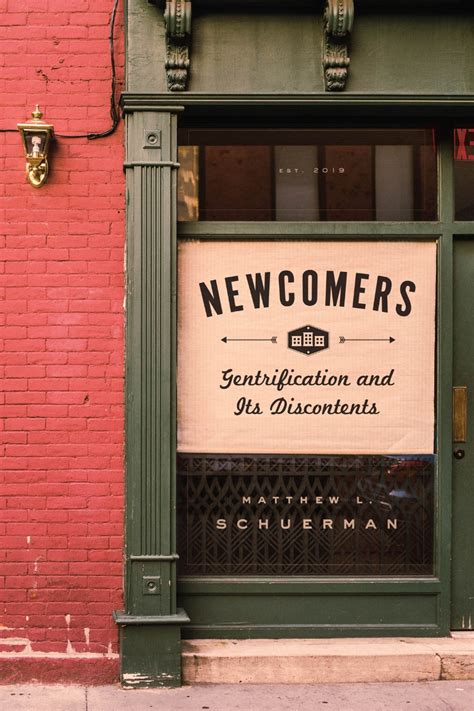Gentrification 301: Beyond the Basics
“Gentrification” is a loaded term, bemoaned by most, resisted by many, and championed by more than a few – especially real estate developers. While healthy cities change all the time, the dislocation of the less fortunate and their replacement by the wealthier has become a major factor in every city over the past fifty years. The trends have reshaped neighborhoods, framed politics, and led to social and political movements. Gentrification has likewise become a focus for academic research, policy studies, and a lens through which urbanism is understood.
What does gentrification mean? For Matthew Schuerman, a journalist who recently wrote a book on the subject, gentrification is the process by which poor neighborhoods become wealthy neighborhoods. It is a useful grounding, for it bypasses loaded expectations. His work, Newcomers: Gentrification and Its Discontents, is a nuanced study of gentrification in three cities. Schuerman’s take, guided by close local research, reveals the complex factors that can lead to gentrification. It is not a simple process, as his work with primary sources and detailed investigation reveals.
Newcomers zeroes in on Brooklyn, from Brooklyn Heights through Park Slope, the Mission District of San Francisco, and to a lesser degree, Cabrini Green in Chicago. Schuerman’s historical periods starts after World War II and extends through the early 2000. This is not a study driven by tables and statistics. Instead, Schuerman works through local neighborhood groups, planned developments, and the politics of land use and government support or resistance. While broad societal and economic changes took place nationally, the particular shape, pace and feel of gentrification is affected significantly by local conditions. Schuerman offers the reader some, but not much, of those national factors.
Schuerman takes pains to avoid snap judgments or easy generalizations. He neither champions increased property values nor romanticizes less wealthy neighborhoods. What we learn about are the multiple steps, rarely in one direction, by which these neighborhoods became wealthier. He makes sure that we understand that “gentrification” has become a conduit through which other political issues and concerns gain oxygen and burn bright. Gentrification can be a fighting word.
Newcomers makes one give pause when it comes to the changes in cities. That’s a valuable gift. The book is a very welcome study shining a light on a complicated social, economic and political process. In so doing, he teases out the relationships between the local and the larger. That helps explain why policy rarely achieves its stated aims. Schuerman is to be commended for a deliberate and carefully crafted book teasing out a complex phenomenon.
David Potash
Addendum
A dear reader wrote to me about this post with a query: “But what do you really think?” It is a fair question, for while I stand by every word in the post (it is all what I think), the issue of gentrification cannot help but stir strong feelings.
What Schuerman’s book and other writing has convinced me that “gentrification” is probably better understood as a particular subset of economic dislocation. The Genus is expansive, from gentrification to planned communities to urban renewal, and is woven deeply into our core belief that market-driven decisions are the most effective and efficient. Most, though, believe that some countervailing forces are appropriate and needed to soften consequences. Consequently, I believe that if the massive dislocations taking place on a daily basis in our cities are to be addressed through countervailing forces, it is necessary to consider policy and practice holistically. For example, the gentrification taking place in Chicago’s northwest side is part of the same processes that have contributed to the disinvestment on Chicago’s west and south sides. A wonderful topic for more research and, one would hope, action.
